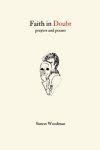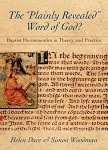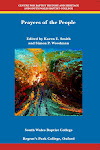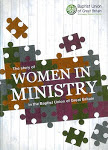The rhetorical strategy that John utilizes in Revelation is one that encourages readers of the Apocalypse to locate themselves within the text.
Those reading the work are invited not only to identify themselves as various characters within the narrative, but also to find their circumstances reflected in the imagery that John constructs.
Thus John’s first audience could equate their own experiences of suffering and martyrdom with those of Jesus the slain Lamb, while finding their hope of resurrection expressed through the continued existence of the Lamb on the throne.
Some of John’s audience may have found themselves suffering the betrayal of Maundy Thursday, or the fear of Good Friday morning, or they may have seen others join Jesus on the cross through a martyrs death.
In its invitation to identify with Jesus, Revelation therefore encourages its audience to interpret their own lives according to the lived example of Jesus himself, with the events of the cross becoming real in their lives.
A way to understand John’s imagery of the millennium and the subsequent release of Satan is to read it in the light of the crucifixion story. The audience are invited to locate themselves in the space of Easter Saturday, awaiting resurrection and restoration, confidently hopeful, but still living with the present pain of Friday’s grief and horror.
By this reading, the martyrs have departed the present life of suffering and gone to vindication (20.1–7), and Satan’s hold on the world has been broken through the sacrificial deaths of both Jesus and the martyrs. However, in the present experience of John’s audience, Satan is still loose in the world making war on the dwelling places of the saints.
In this way, the Easter weekend can be seen as a paradigm for reading the story of the Church as presented in Revelation 20.1–10. The following table expresses these correspondences:
Crucifixion narrative Revelation Ch. 20
Death of Jesus Martyrdom of believers
Victory over Satan on the cross Binding of Satan in the pit
Easter Saturday Release of Satan ‘for a little while’
Resurrection Final judgement and new creation
For more, see Simon Woodman, The Book of Revelation, SCM, 2008.













